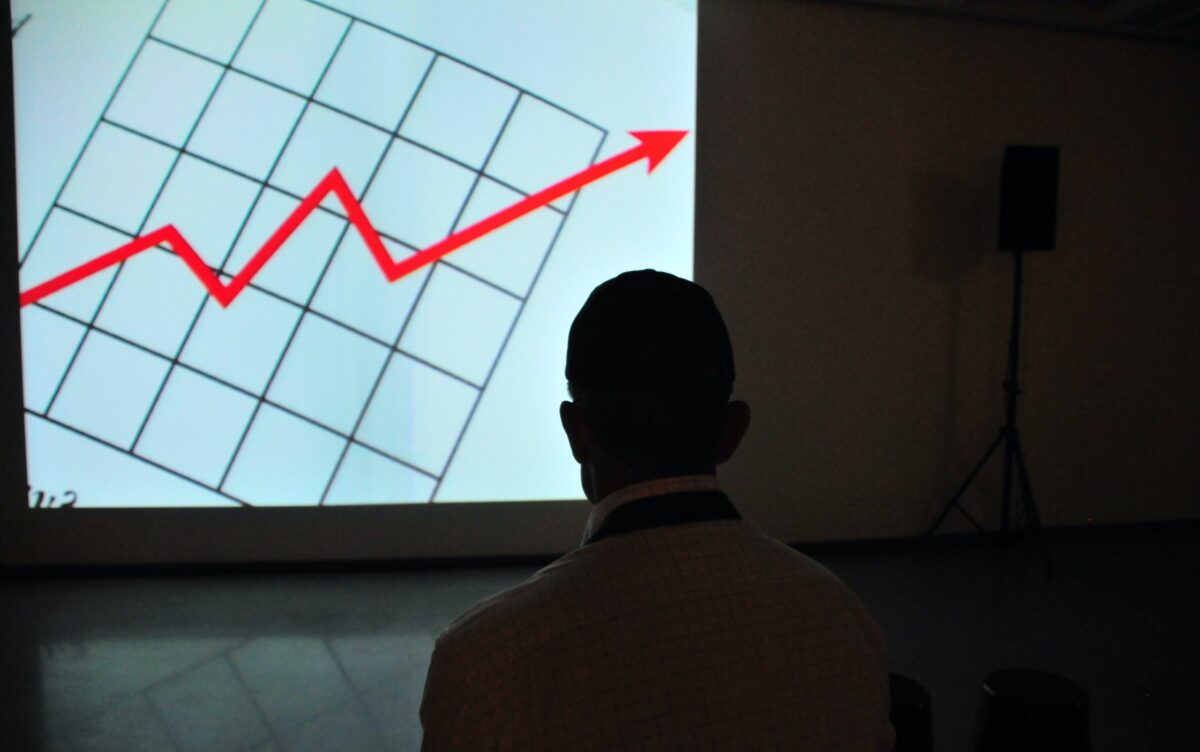Technology has facilitated it, the pandemic accelerated it, and organizations are dealing with it. It’s not news any more. Remote working is here to stay in some shape or form. What isn’t quite as clear is how we, as business owners and managers, make the most of it.
- How do we replace the subtleties of human interaction on a screen?
- How do we develop our business culture?
- How do we remain a team, when we have so little human contact?
Many questions for which I hope I have some answers!
Swings and Roundabouts
First and foremost, let’s not polarize the argument. Remote working – be it part or full time – has pros and cons.
In many ways it’s terrific. More flexibility. More independence. More freedom. Less travel time. Less of a Monday morning feeling. Less sense of wasted time. It’s also challenging. More worrying what people really think. More uncertainty about what they are actually doing. More screen time. Less time together. Less common ground. Less sense of ‘team’ and a collective culture. My concern is the speed at which the pendulum has swung. This hasn’t been a gradual shift. We were forced apart by necessity, and some of the negative consequences may take a while to emerge.
The Slow Burn
At first, being at home felt exciting. We had time to breathe and think creatively (particularly if we didn’t have school-age children to look after!). But after a while we began to lose our sense of community. The office banter just didn’t work quite as well on a screen. The informal coffees; the after-work drinks; the gossip and the fun. These are things that many of us had taken for granted. Slowly but surely we began to feel something was missing. Business could still function but many of us felt repercussions on our mental health. It was a slow burn, but we had begun to lose our sense of community.
Culture Has to Win

This is, of course, a bigger challenge in a service industry (where the majority of staff are able to work remotely) than in one producing and shipping physical products. As with all the advice we give, there is no one-size-fits-all-solution.
However, common to all businesses working remotely, the biggest change from the norm has been less procedural than cultural. Any business could set-up a video conferencing account and keep their staff talking and working. The challenge was to do so in a way that kept everyone involved and maintained their sense of belonging.
From my perspective, the businesses that managed best were those with the strongest DNA. Those whose remote workers felt a genuine sense of belonging, and who shared a set of values, rather than just undertaking tasks. And the cultures that thrived were in businesses whose values gave everyone a voice, had permission to ask people to share their views in group meetings, and created an expectation that people all contribute to group discussions.
Switch from Managing People to Managing Products
I’m not ashamed to admit that I found remote working difficult. Nor that I have returned to the office at the first opportunity. But I had a light-bulb moment during the pandemic that helped me make the switch.
I had previously seen mine as a people-management role. Overseeing their arrival times. Their day-to-day responsibilities. Their personal challenges. But this didn’t translate to remote working. This put the collective task at the front of the agenda. It meant that when we met, we did so as a group. We discussed our project goals, our project challenges and our project progress.
And we discussed these within the framework of our meeting norms. These are norms that we’ve established in how we value and approach both our meetings and our work. Some of our meeting norms include being: fun, positive, encouraging and curious. We have regular ‘campfire’ meetings to check in with the team that center these norms and also includes passing around our ‘Shoutout Notebook’, which involves a team member acknowledging another team member’s work or support. It’s something we’ve been doing for the past 3 years and truly works in bringing the whole team together as a collective unit.
This immediately galvanized us. Our culture made it possible, because everyone involved in a group call felt empowered to speak. And if they remained quiet, I was able to ask them to. The focus was all on our ability to succeed as a team. Which killed a number of birds with a single stone.
Create a Tight Agenda with an Open Forum

We were fortunate. Pre-pandemic we already had a morning meeting every day of the week. Rather than push that to one side, we attached even more importance to it. Attendance was compulsory. Everyone was involved.
And each ‘campfire’ had a very specific agenda.
Mondays, for example, are about task-setting and sharing our goals for the week. Tuesdays are about KPIs. And so on. When everyone shares that level of information and transparency there is a benefit to us all, irrespective of where we sit in the business. We felt assured that we were in this together. We might not be in the same building, but we shared the same objectives. As a result, our community felt stronger even when we were apart. And those of us who have returned to the office have built on that.
I’d still encourage businesses to spend more time face-to-face. If we are forced to work remotely, I’d strongly advise arranging events that encourage a sense of fun – from quizzes to coffee sessions to quarterly retreats. But when the culture is right and the business is managed from a project perspective, it’s possible to retain a sense of team even when we might be miles apart.
Lorne Suggests:
- Read about open book management in ‘The Great Game of Business’ by Jack Stack.





